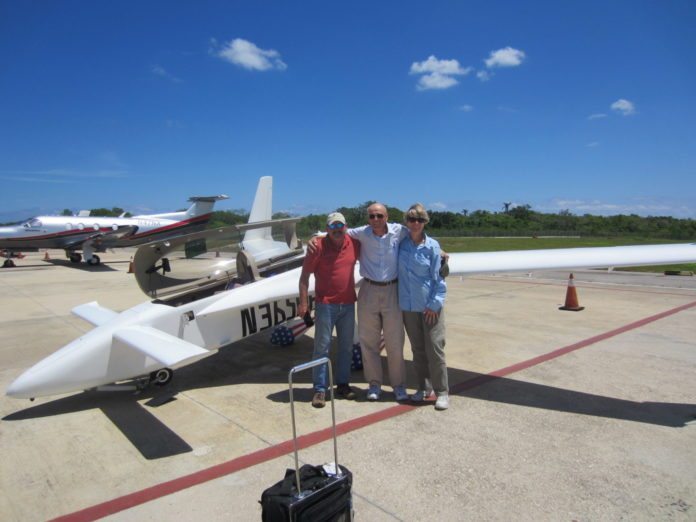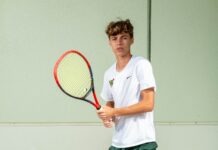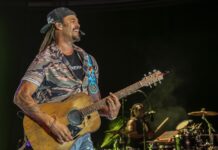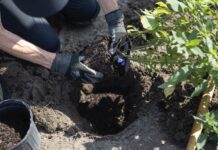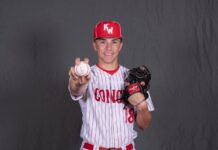Locals fly to Cuba to talk about opening Keys-Cuba connection for sport aviators
Earlier this month, five private airplanes carrying 10 passengers took off from Florida Keys Marathon International Airport to fly to Varadero, Cuba. Taking into account the wide variety of aircraft capable of different speeds, they staggered the take-offs so that all could land about the same time less than an hour later.
They were met by 30 members of the Cuban Aviation Club. None of whom owns a plane.
“Of course they wanted to see the planes from the U.S.,” said Gabe Ferrer. “And they were particularly amazed by the appearance of the Rutan experimental aircraft.”
Ferrer, an experimental-aircraft enthusiast, organized the trip. Also along for the ride — Tom and Mary Ellen Operchal, Al and Susan Simmons, Dave and Sarah Hill, Chuck and Chrissie Gilbert, Ferrer and a gent named Ryszard “Richard” Zadow, who flew his special Rutan to the island nation. It’s a kit plane with a unique design that resembles a space ship more than a small plane.
“That planes does a little curtsy when it lands, and the nose dips. The groundsman at the airport … well, his eyes got really wide,” said Ferrer.
The American group stayed five days. They met with the Cuban Aviation Club several times, including the granddaughter of a Cuban aviator during the Bay of Pigs, and also a man who designs and build gliders out of wood and glue and whatever else can be found by scouring the island.
“They had lots of questions about experimental aircraft,” said Tom Operchal. He said the experimental aircraft is attractive to the Cubans because the kits are cheaper than commercially produced planes, and parts and maintenance are not as heavily regulated.
The group also met with the Institute for Cuban Civil Aviation. Their goal there, Ferrer said, was to convince authorities to allow private pilots with visual flight credentials, instead of the higher standard of “instrument rated,” to fly to Cuba. “I think I’ve almost changed (their) mind,” Ferrer said, adding that the issue will have to go up the chain of command before there is change. More importantly, that meeting became a less scripted conversation — pilot to pilot.
“We had Sadow on one side — a guy who flew for the U.S. Navy and an experienced air carrier pilot — and a Cuban who flew MIGs for the Soviets in Angola,” said Tom Operchal.
“They had similar stories and just opened up. It was a conversation,” said Mary Ellen Operchal.
The group spent five days in Cuba, speaking about the possibilities of sport recreation with as many Cubans as would listen. Ferrer said he envisions the Marathon airport as the “gateway” of recreational aviation to Cuba. He also shared plans for a Sun ‘n’ Fun-style airshow, similar to the annual event in Lakeland that attracts 5,000 planes and more pilots. He said it would be quite possible to stage a similar show at Varadero’s older airport, Kawama, in 2018.
Ferrer is a naturalized American, Cuban born. He hopes to build bridges between the United States and Cuba via a shared passion for airplanes and flying.
“We need to look to the future,” he said. “The sins of the fathers do not belong to their sons.”
Update: On Thursday, Marathon Aviation Associates reported that nine aircraft left the airport to fly to Cuba using the VFR flight standard. According to Marathon Aviation Associates, this is the first time in 60 years that Cuba has relaxed the pilot certification rating to this standard, common in the United States.















